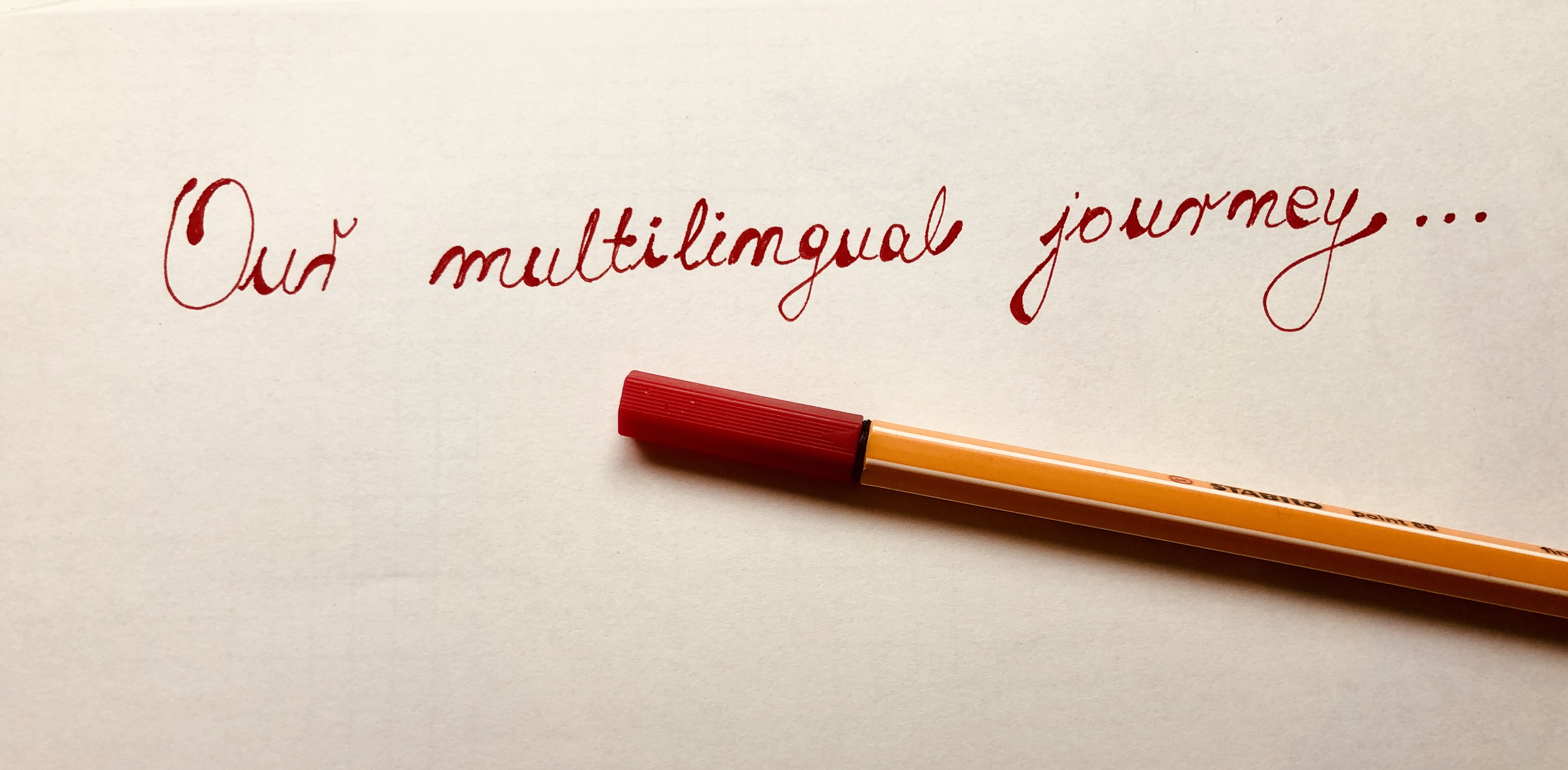Memory and Learning - Tips for Kids and Parents
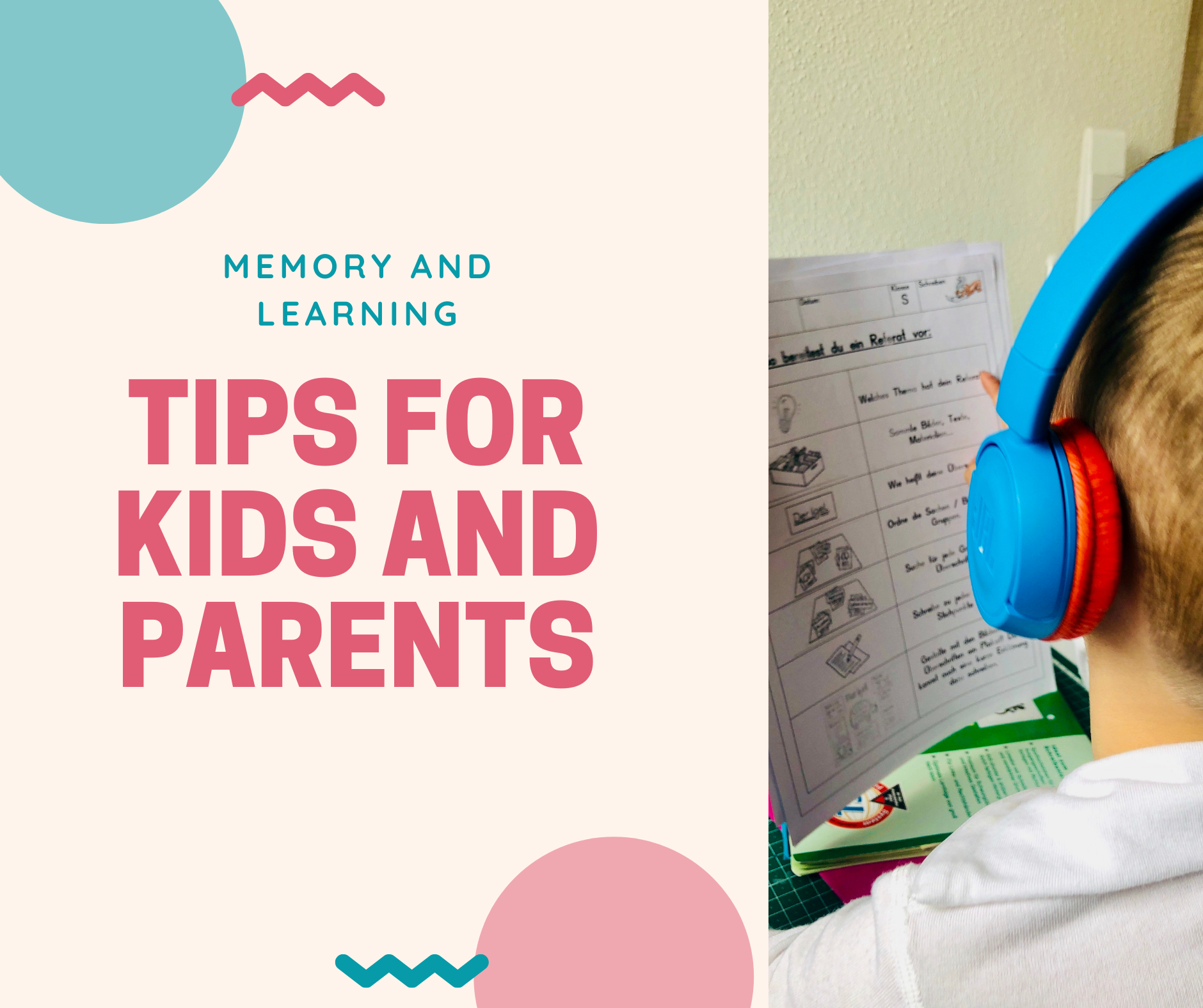
When it comes to learning and education, we often hear about creativity, higher-order thinking skills (HOTS), critical thinking, analysis, evaluation. However, to reach these thinking heights, we need to possess certain information - we have to memorise it first and find it in our brain when we need it.
Maybe you've seen this pyramid before.
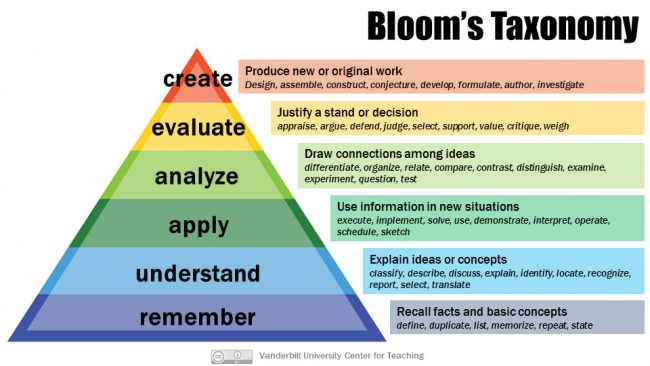
It doesn't mean that we should neglect memorisation because it's at the bottom of the learning process. It means that we wouldn't be able to learn and develop any of these higher-order skills without memorising information first.
We could say that memory and learning have some kind of a symbiotic relationship. To learn something, we have to memorise it. The information stored in one's memory creates the basis for linking new knowledge.
Which activities help us remember and learn better?
Keep reading and find out. In this article about learning strategies, we mentioned that meaningful learning happens when we are actively involved in the process. And the activities that follow do exactly that - encourage learners to be actively engaged in learning.
1) Mind maps are diagrams that use images, words, lines, and colours to plot out ideas. According to experts (1), it is generally easier to remember a diagram than to remember a description. So, instead of reading the same text over and over again, and hoping to memorise some of the information, suggest your kid making a mind map. If you want to learn more about the benefits of using and making mind maps, this article can help.
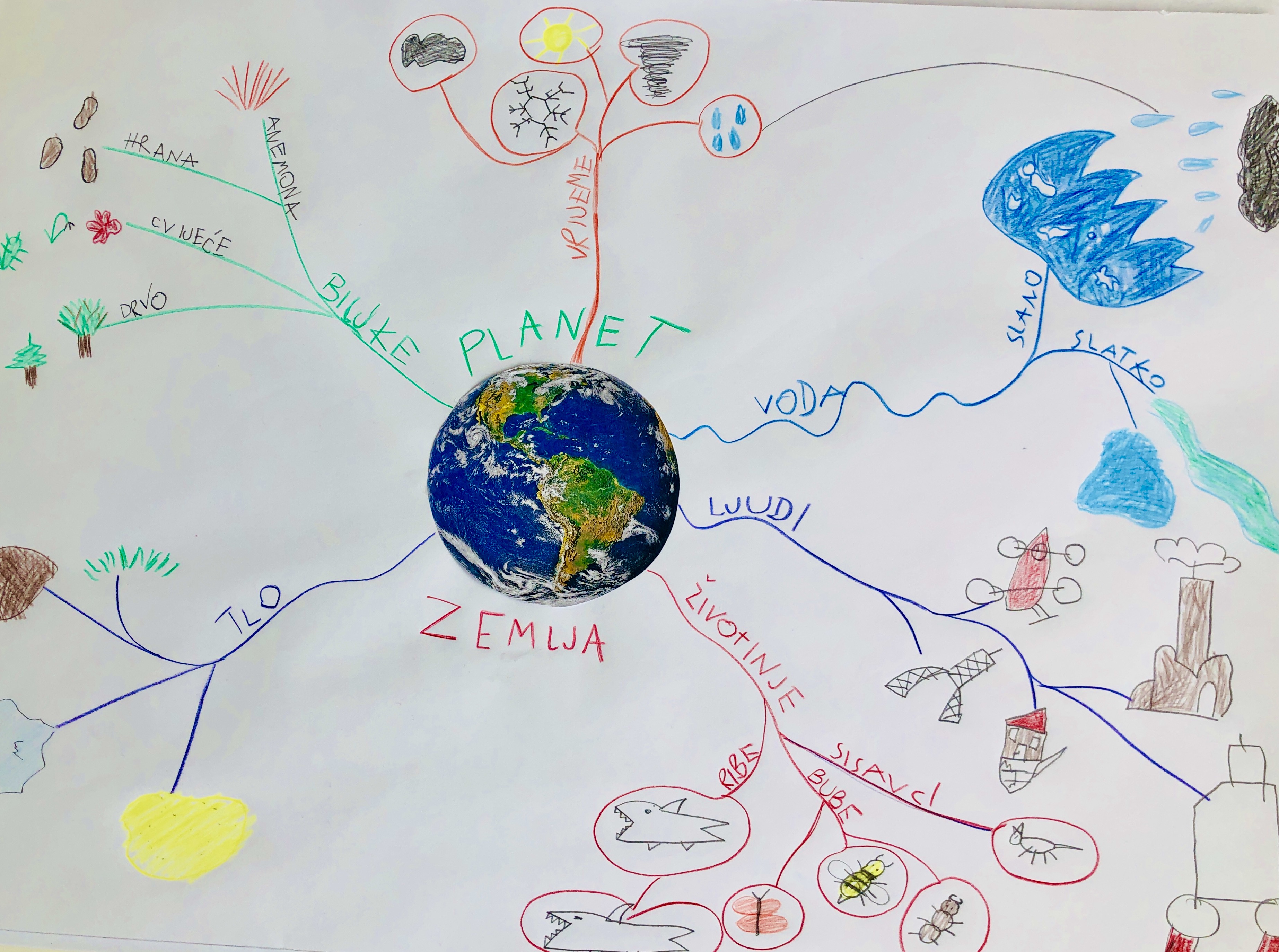
2) Know - want to learn - learned (K-W-L) charts are graphic organisers that help learners focus on information before, during, and after a lesson or a text. It is a three-column chart that looks like this:

Complete the Know column. The child writes everything they can remember and know about the topic. This way, they active the knowledge they already have, which helps the new knowledge "glue" and stick to what the child knows. For younger kids, short words or drawings are just good enough.
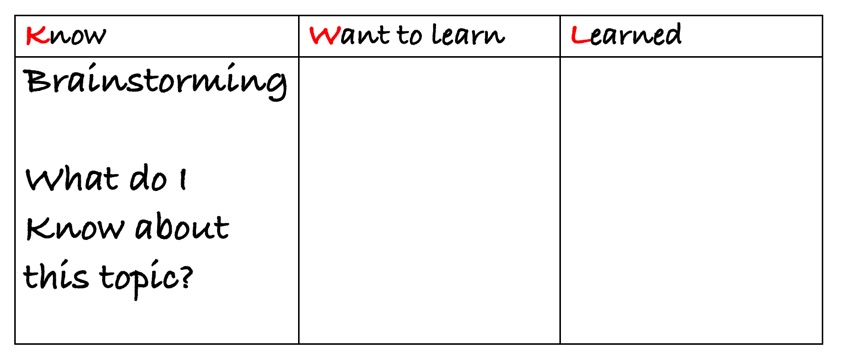
The child writes down what they want to learn in the lesson. Sometimes, they don't know where to start or how to ask questions. Then, you can suggest using Who? What? Where? When? Why? How? questions.
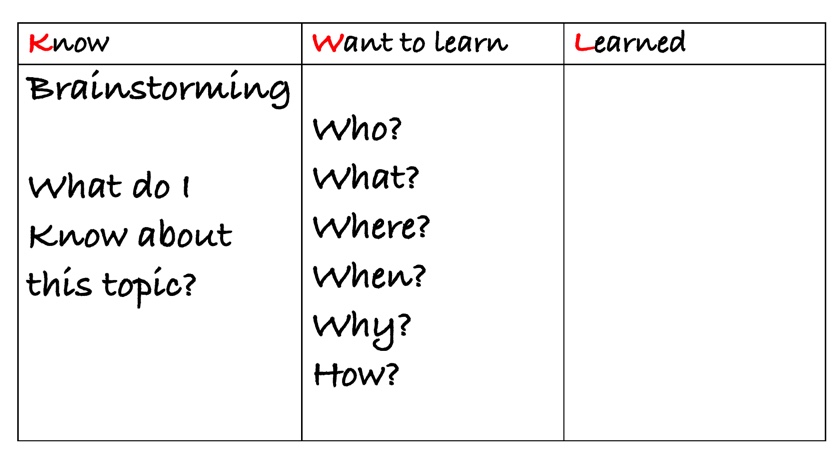
As they read, kids can review their K-W-L charts by adding to Column 3: What did you learn? Also, they can review the questions in Column 2, checking off any questions that they can now answer. Or find questions to which there were no answers in the lesson. They can also add new questions. Your kid should also review Column 1, so they can identify any misconceptions they may have held before reading.
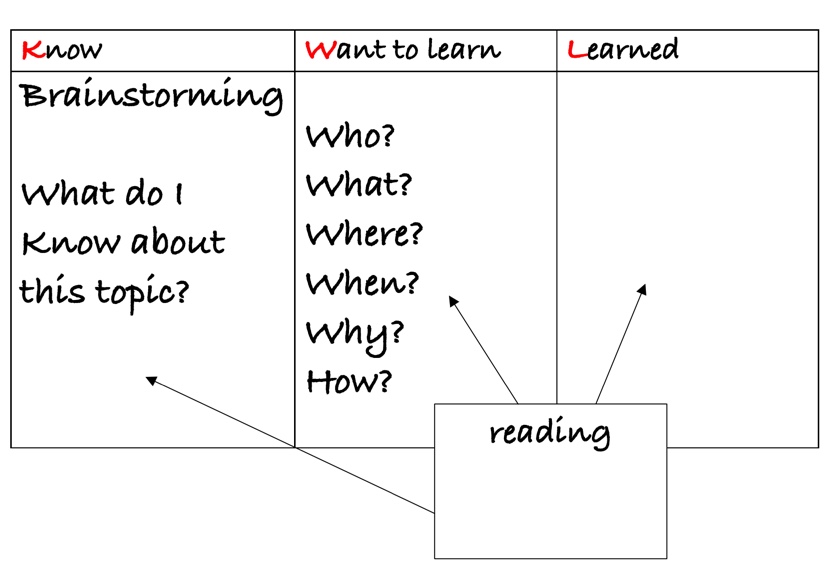
3) Two-column note-taking strategy encourages students to identify important information. Identifying the main idea and supporting details when reading seems like a pretty basic task, but it can be challenging for (younger) children. What your child needs before reading is a piece of paper with a two-column table. They can name these columns left/right or longer/shorter.
The left column refers to the main points of the lesson and also includes supporting details. While reading, the child focuses on "What ideas are most important to remember?" and writes short sentences from the text. After reading, they can work on the right column. Here, they should write just one keyword.
Finally, using the right column, the child can retell the lesson.
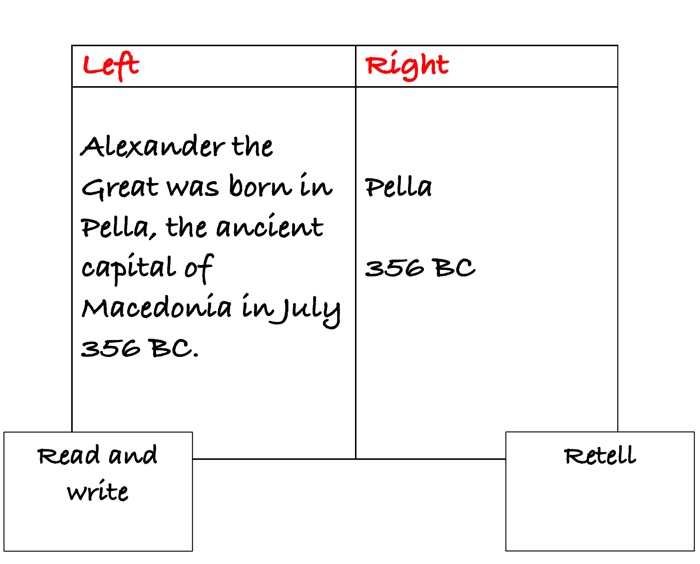
4) Images. Encourage your kid to take the information they're trying to remember, create a picture in your mind, or draw it on a paper. You might find data showing that learners retain only 10-20 % of written or spoken information but almost 65 % of visual information. Others (2) present slightly different numbers. But, regardless of the percentage, this strategy encourages active engagement. And no, you don't have to be an artist to learn using images. Just have a look at this drawing Einstein E made to remember that potato arrived in Spain around 1570.

5) Teach your kid to record themselves reciting what they need to remember. Then, they can listen to the recording while they do chores, exercise, get ready for bed, etc.
Wow, this sounds like a parenting level pro - having a kid studying while doing chores.
(1) Davies, M. (2011). Concept mapping, mind mapping and argument mapping: what are the differences and do they matter? Higher Education 62(3):279-301
(2) Dale, E. (1969). Audio-visual methods in Teaching (3rd ed). New York: The Dryden Press.
